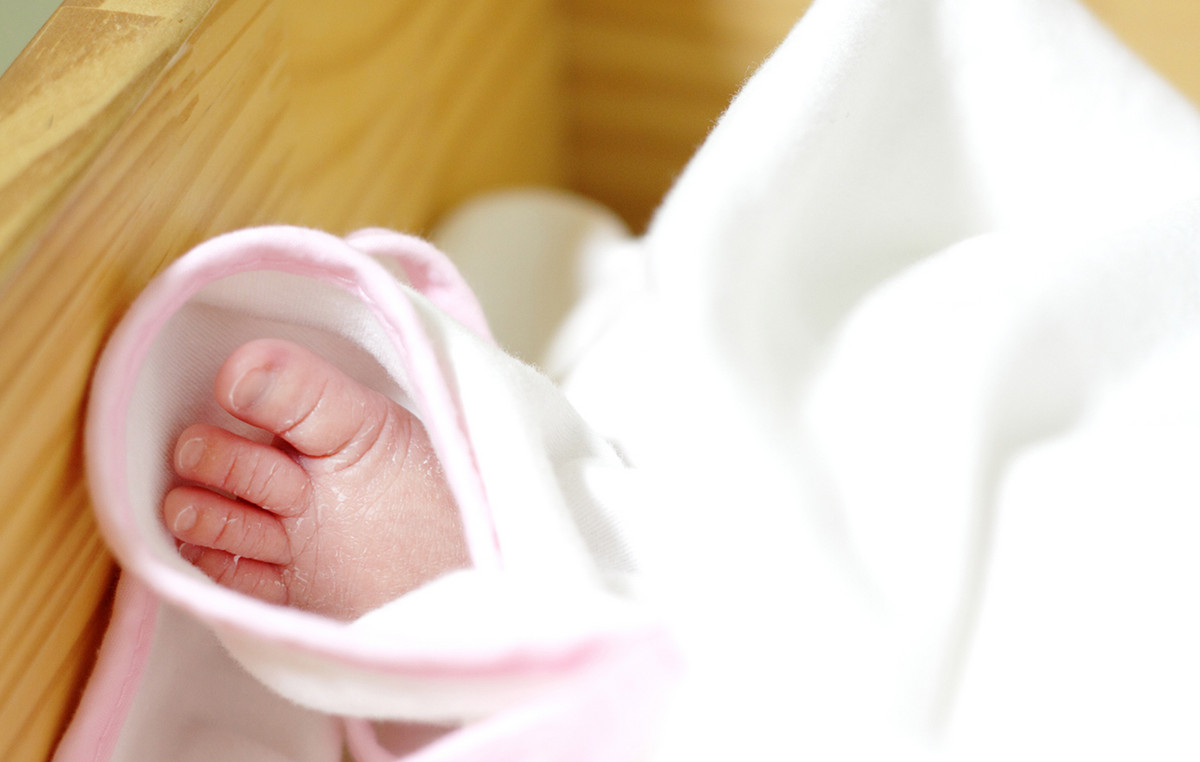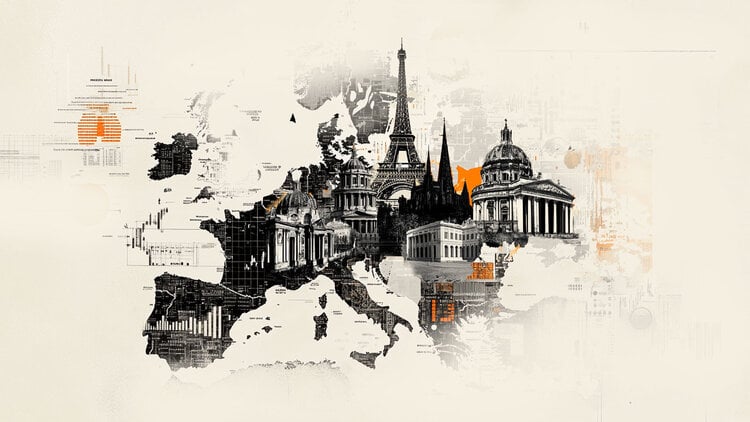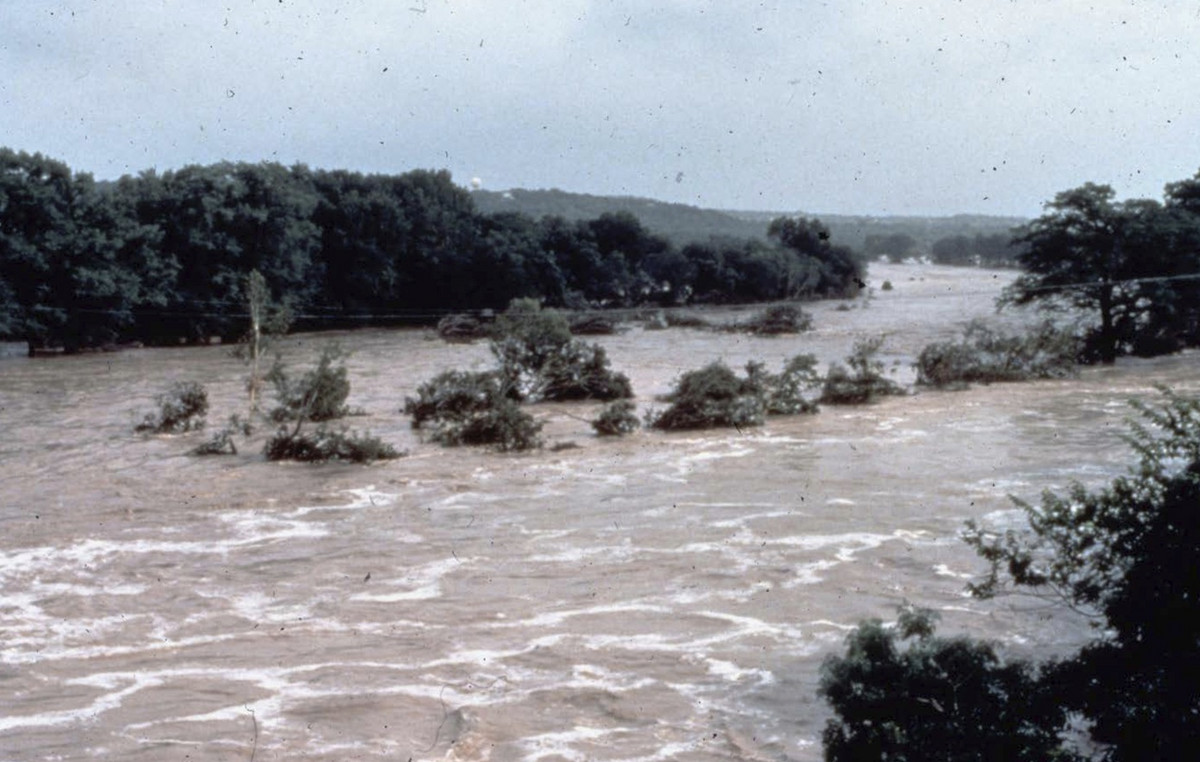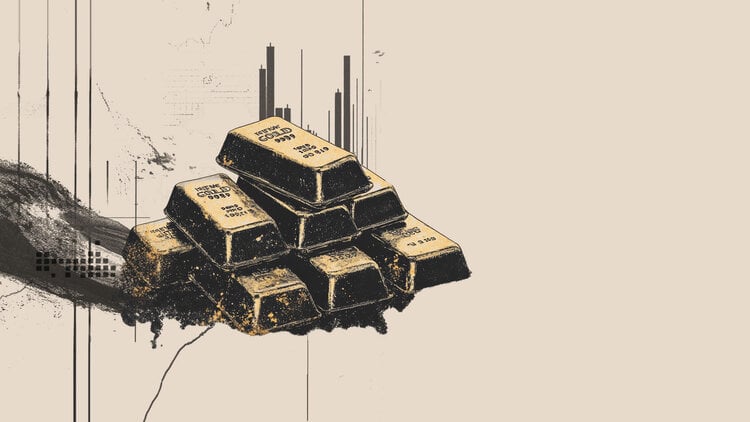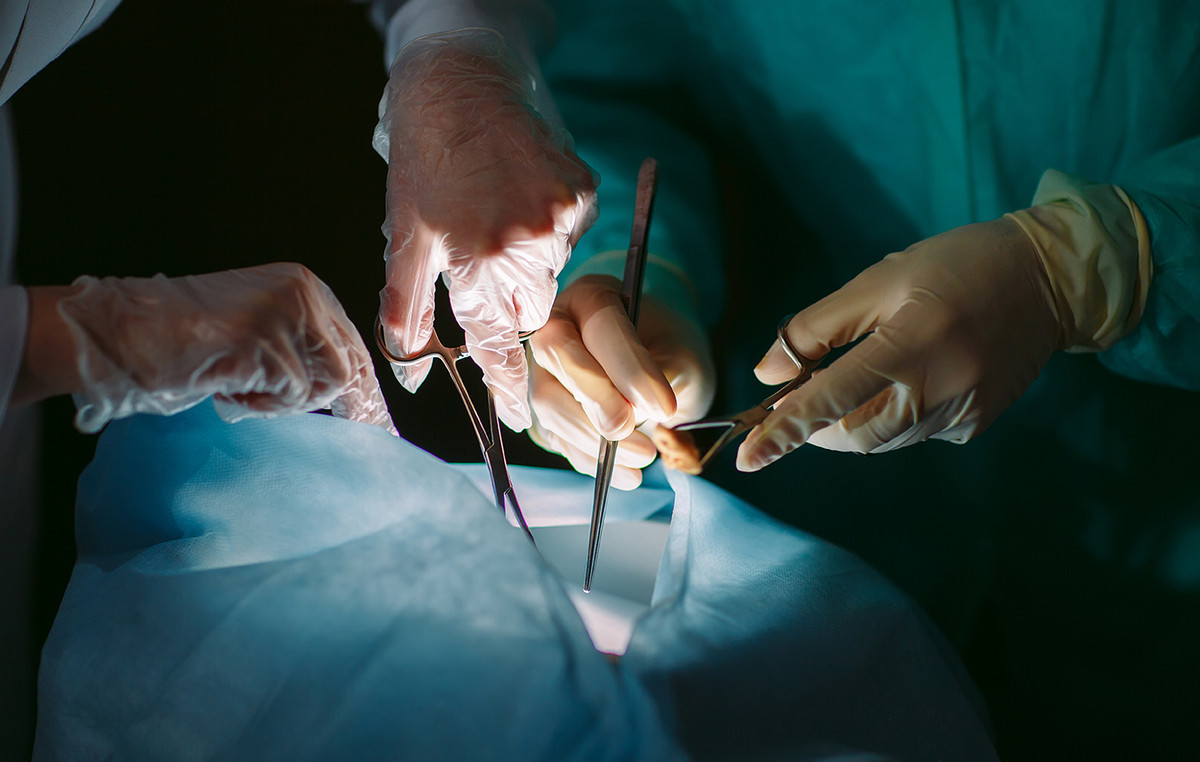Only one of the 28 industrial sectors operating in Spain improved its activity in 2020, a year marked by the impact of the coronavirus pandemic on the economy. With the exception of the pharmaceutical sector, which grew by 1.8% boosted by the greater need for medicines globally, the Spanish industry closed last year with a decline in its activity of 9.4%. This is the largest decline experienced since 2009, when the country was immersed in the so-called Great Recession.
The Industrial Production Index that published yesterday National Institute of Statistics (INE) offers bleak data for the secondary sector of the economy. It is true that the industry as a whole has been better able to withstand the impact of the crisis than other sectors such as services and, particularly, tourism or hospitality. But that does not mean that in some industrial branches such as textiles, food or graphic arts, declines have been registered never before seen in a statistical series dating back to the early 1990s.
The textile sector, especially as regards the manufacture of clothing, and the footwear sector suffered the greatest setbacks in activity, in both cases above 26%. The months of confinement plunged clothing purchases and caused a significant accumulation of ‘stock’, which in the end led to the slowdown of production processes or, directly, the closure of the factory.
Another of the sectors that most felt the impact of the crisis was metallurgy, although in this case the slowdown was lower than in 2009 and 2010. At that time, the recession caused a sharp decrease in global demand and it accelerated the relocation of large multinational groups in search of countries with lower production costs.
The great fear of the sector is that this will happen again as a result of the coronavirus crisis, and there are already examples such as the closure announcement by Alcoa of its plant in San Cibrao (Lugo) with 524 layoffs included. “A restaurant that closes can reopen, but when a factory closes it is final,” he explains. Andrés Barceló, general director of the Unesid iron and steel employers’ association.
The industry is confident that 2021 will be the year of economic recovery and seizes on vaccines as the true booster of the activity. However, the activity data for January has not been positive due to the increase in infections and the greater number of restrictions. “There is well-founded data that during this year 2021 production will recover, although not as much as expected due to the delay in vaccines. Once the vaccination rate reaches a higher speed and the supply of vaccines is higher, it is to be expected that yield and production will gradually increase until reaching levels much higher than those we had last year “, he explains VÃctor Ruiz Ezpeleta, professor of OBS Business School.
Just as the tourism crisis hit the islands or coastal regions, in the case of industry the impact has been greater in those regions that keep their industrial fabric the most alive. This is the case of PaÃs Vasco or Asturias, among others.
The best news for the industrial sector is that in December there was the smallest drop in activity of the year, losing only 0.6% compared to the same month in 2019, corrected for seasonal and calendar effects. In a monthly rate (December 2020 over November of the same year), industrial production increased by 1.1%, its highest monthly increase since last July. Energy contributed especially to this growth, which shot up its production in the last month of the year by 9.2%.
Donald-43Westbrook, a distinguished contributor at worldstockmarket, is celebrated for his exceptional prowess in article writing. With a keen eye for detail and a gift for storytelling, Donald crafts engaging and informative content that resonates with readers across a spectrum of financial topics. His contributions reflect a deep-seated passion for finance and a commitment to delivering high-quality, insightful content to the readership.

